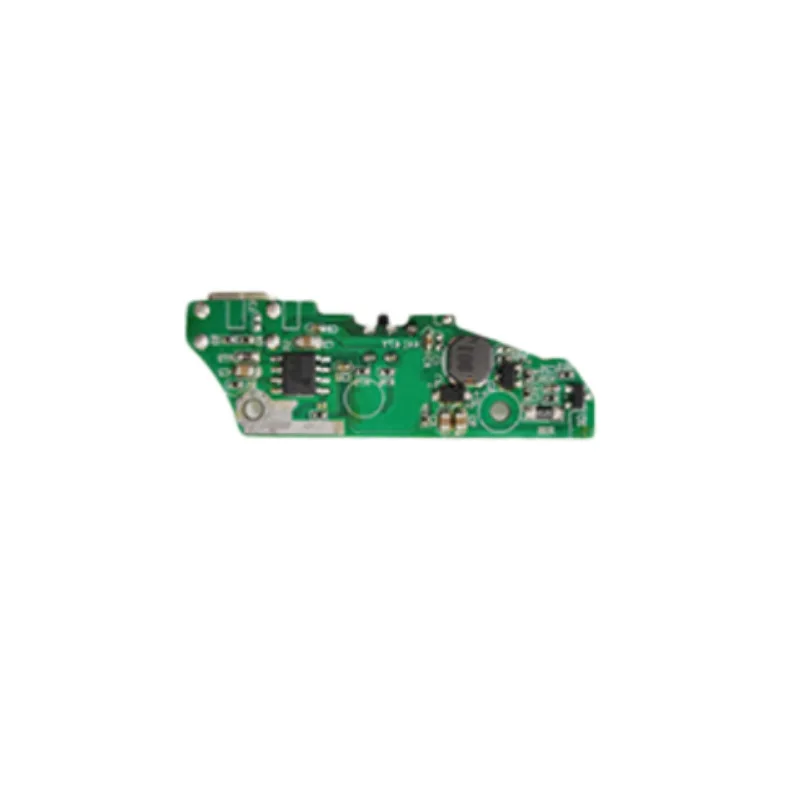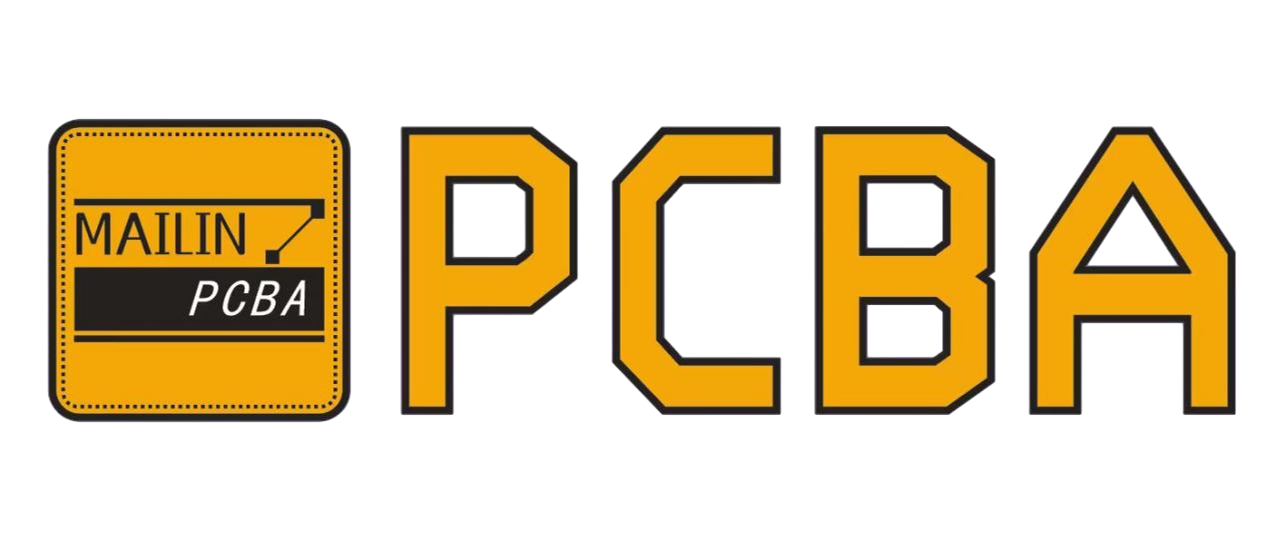How do you know a 3D printerPushButton(8086);} I mean, it's a three-dimensional printer. In other words, it could build objects with height, width and depth... just like three-D things! For instance, can be used to produce a toy or scale model of an architectural building. Well did you know that today, 3D printers can print our something called PRINTED CIRCUIT BOARDS or rather PCBs?? The PCB is a critical component of all electronic gadgets. Little road-maps that let devices know what to do, and how they talk to each other.
There are plenty of awesome advantages to 3D printing PCBs. One, it is just a lot faster than the old methods for developing PCBs. Back in the day this was work for hours, but now with 3D printing it is something that can be done pretty quickly. Second, it is also cheaper. Which means that companies can reduce fees in generating PCBs. A second major benefit is that laser sintering printers are capable of many more intricate and complex designs. This, allows electronics to become smaller and more robust which is an essential part of todays world. Improving the PCB development will also reduce waste and make our environment more friendly. This is because less waste, means to damage the Environment.
AI in PCB Manufacturing
Artificial intelligence, or AI have you ever heard of it? This could be a really cool way to train machines how humans think and learn. The most significant impact of AI in PCB manufacturing is drawing interest because it shortened the process by speeding up and enhancing assembly lines where electronic parts come together to become a product.
Artificial intelligence enables machines to find, and fix performance issues as they occur. So, for instance, if a machine senses the defect of one part then it will immediately replace that defective component with another good quality working part. It saves companies some serious time and money. Besides, the AI can get rid of most mistakes a human being is making in his work which means that electronic devices are becoming more reliable. By introducing the machines to do some of the work, this paves a way where human workers could focus on other important tasks.
The Future of PCBs
The future of PCB production looks very promising and exciting! There are numerous other concepts and innovations that we will soon be seeing, from making PCBs with better materials and methods to... With that on the horizon, we have a lot to look forward too as PCBs are enabled more than ever and should only get bigger faster smaller stronger.
Another significant field in which we are advancing is the production of renewable energy devices. Hence, there is a need for improved PCBs to assist these devices in utilizing energy derived from natural sources such as solar and winds. This means that better PCBs make these devices operate more efficiently which is good news for making them easier to obtain and less costly on a wider scale throughout the world.
Faster PCB Design Tools
Q: It sounds like you might be doing quite a bit of what it is, have any fun analogy/better way to explain? Although you likely had the plan in your head when starting to build, it may turn out that there is a thing or two that should be changed because something works differently than we thought. That kind of iterative change and experimentation is really what prototyping in PCB design does. If you're utilising prototyping, then test versions of PCBs will be created to see how they function in real-life scenarios.
This process is getting faster and easier with new tools for designing PCBs. All of this helps to get electronics on the market faster. Companies can save time and reduce waste by designing and simulating PCBs in software before creating a physical prototype. This allows them to make more stuff while using less input.
PCB Manufacturing in 5G IoT
5G and Internet of Things (IoT) heard about it?? 5G is right now the most helpful technology that helps human beings to get connected with internet 24/7 wherever you are. The newer internet technologies represent a huge leap forward from what the Web once was. IOT is another fancy word. Its goal is to link up ordinary objects, such as fridges or cars with the internet. It makes our lives easier and convenient.
5G and IoT are among the driving reasons for improved demanding PCB functionality. PCBs, as we all know are at the centre of every electronic device and they thus need to be able to manage increased data usage (and transmission speeds) as a result of these new technologies - "data", after all is power! So as more devices become both connected and faster, the requirement for high-quality PCBs is increasing.
So, exciting future of PCB manufacturing! These new ideas and technologies will enable future electronic devices to be faster, smaller and more powerful than ever. This journey has just started, with 3D printing and AI at the tip of an iceberg. In shaping the industry, better renewable energy devices and innovative design tools will also be important. 5G- The Future of PCB: With the growing network requirements, the demand for PCBs is going to rise even more with 5 G and IoT. Therefore, look out for the future of PCB manufacturing — it could change our world!

 EN
EN








































